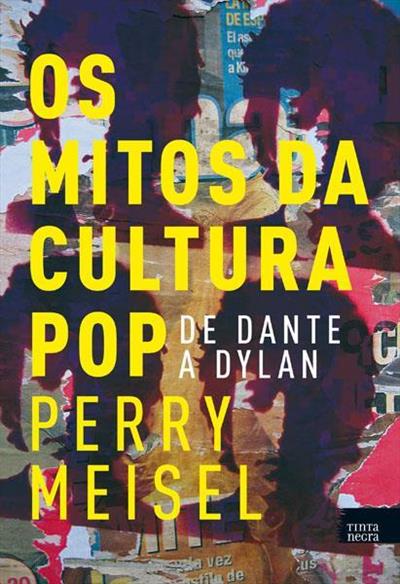Too often they burn out, grow senile, mutate, or learn jazz. But Steve Miller proved himself a healthy rock and roll survivor earlier this month at The Beacon Theatre, where a crush of skeptical old-time freaks started oohing and aahing three choruses into the first song. The swoons persisted for the rest of the night as an unusually relaxed Miller sang new heartbreak songs with a band of rocking Dallas boys culled from his grade-school past.
Steve still works the Presley anxiety for all it's worth, guitar hanging belly-high against an unexpected three-piece suit signifying his preppie interlude with Boz Scaggs at the St. Mark's School in Dallas. Colliding signifiers, though, are Steve's mode of vision. His music has become a pastiche - a bricolage - of rock-and-roll memories both personal and collective, a virtual definition of rock itself. His songs are pieced together from changes, motifs, and themes drawn from the rock lexicon - the sharpest new example is "The Window," constructed with a Zappa/Underwood figure at the start, followed by a chorus that resembles "Love Potion No. 9" and a bridge that evokes "All Along the Watchtower." In fact, the new album ("Fly Like an Eagle" on Capitol, Steve's first disc since "The Joker" two years ago) opens with a self-allusion to "My Dark Hour" (from "Brave New World"), succeeded by a tune that recalls War's "Slipping into Darkness" ("Fly Like an Eagle"). The concert also abounded with tunes based on stuff like Traffic licks, "Dear Prudence," and repetitions of the one-bar riff that made BS&T famous. Even the 13(!)-bar guitar opening to "Rock 'n Me" is (by name) a self-address to rock history which you can chart out as a series of eight-beat allusions from the intro of "I Want to Hold Your Hand" to Hendrix, the Who, and maybe even Zep
But this is not what your average moralist might call a rip-off. It's the generative principle of Steve's new music, and it signals the emergence of a sublimated rock imagination after its ritual cleansing at the bath of funk (the "Joker" period). Even more, this current psycho-aesthetic strategy of composition, singing, and playing (voice and ax, too, are obviously built from innumerable rock and roll resources) shows pastiche or bricolage to have been the organizing principle of Miller's work from the start. Even Steve's friendship with Nat and Cannonball Adderly or Paul McCartney's bass and production work on "My Dark Hour" suggests just how wide the range of his musical apprehension really is. Yes, it's the familiar story once again of how we failed to see that the best '60s rock was an interpretation - like all art histories - of the classics that lay behind it.
So the Presley anxiety is a playful and representative one, and Miller clearly accepts the inauthenticity it betokens. Not only is it the condition of his musical existence (as the new songs show) - it's also what makes him a real American hero, one of the pillars of American rock and roll. Miller's personal mythology - from the Gangster of Love to the Joker - still holds up next to the worn ideology of other old Bay Area bands because it grapples and hooks with styles of American identity as familiar as Emerson, Melville, and Fitzgerald (remember that Steve Miller majored in quality lit at Wisconsin and went to grad school at Austin before his decisive move West). So the preening rock-and-roll hero is like Gatsby after Ahab, a concise emblem for the unwilling fate of American consciousness: the hero demystified, the Wizard of Oz unveiled, the authentic deconstructed.
Miller, of course, played the innocent when quizzed about all this - what else would an American hero do? Like all those hayseed darlings - Jimmy Stewart, Jimmy Carter - Miller eschews any suggestion of cunning even while he balances oppositions more skillfully than self-touted Artistes like Bowie or Springsteen. But don't let him kid you. Heroes are called stars now, and they gorge themselves on cheeseburgers.
Originally published in The Village Voice, June 28, 1976
Sample view:




